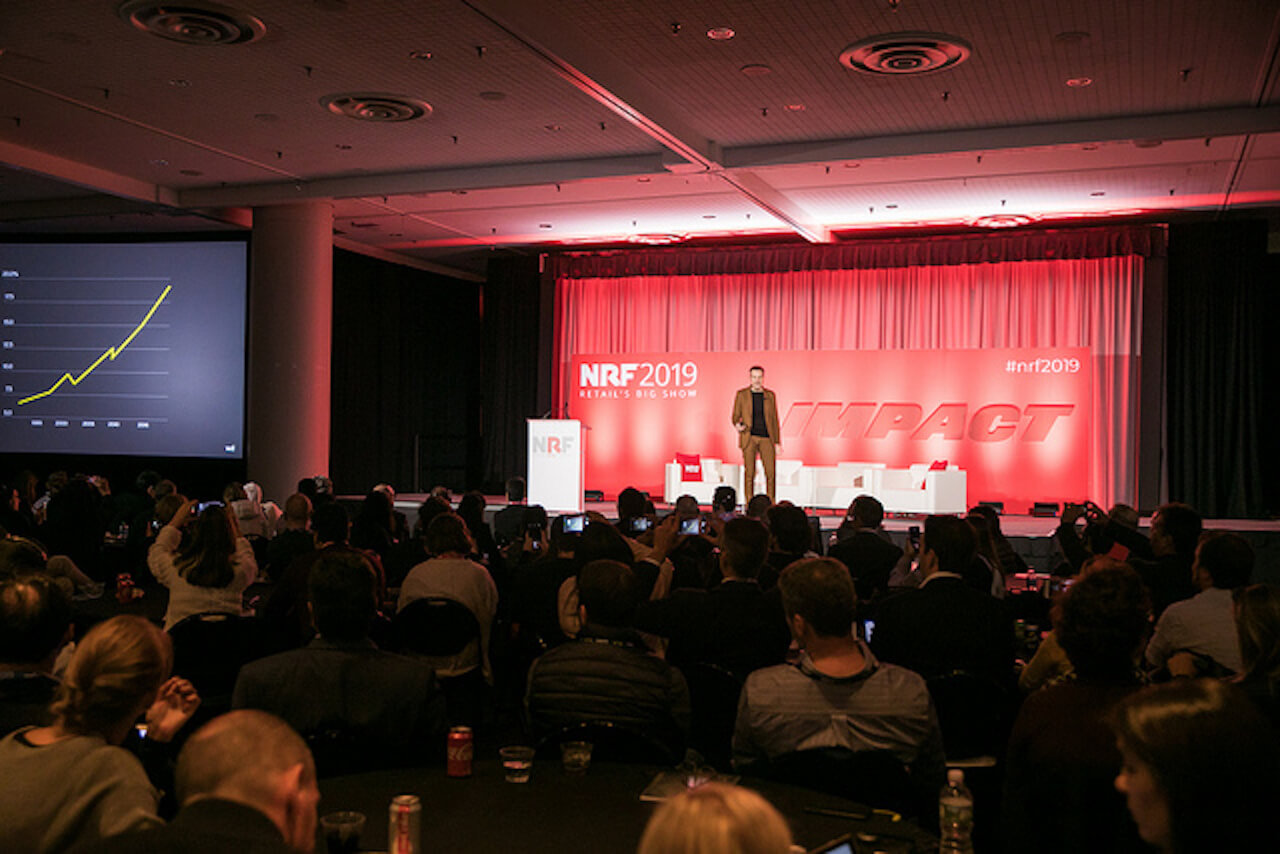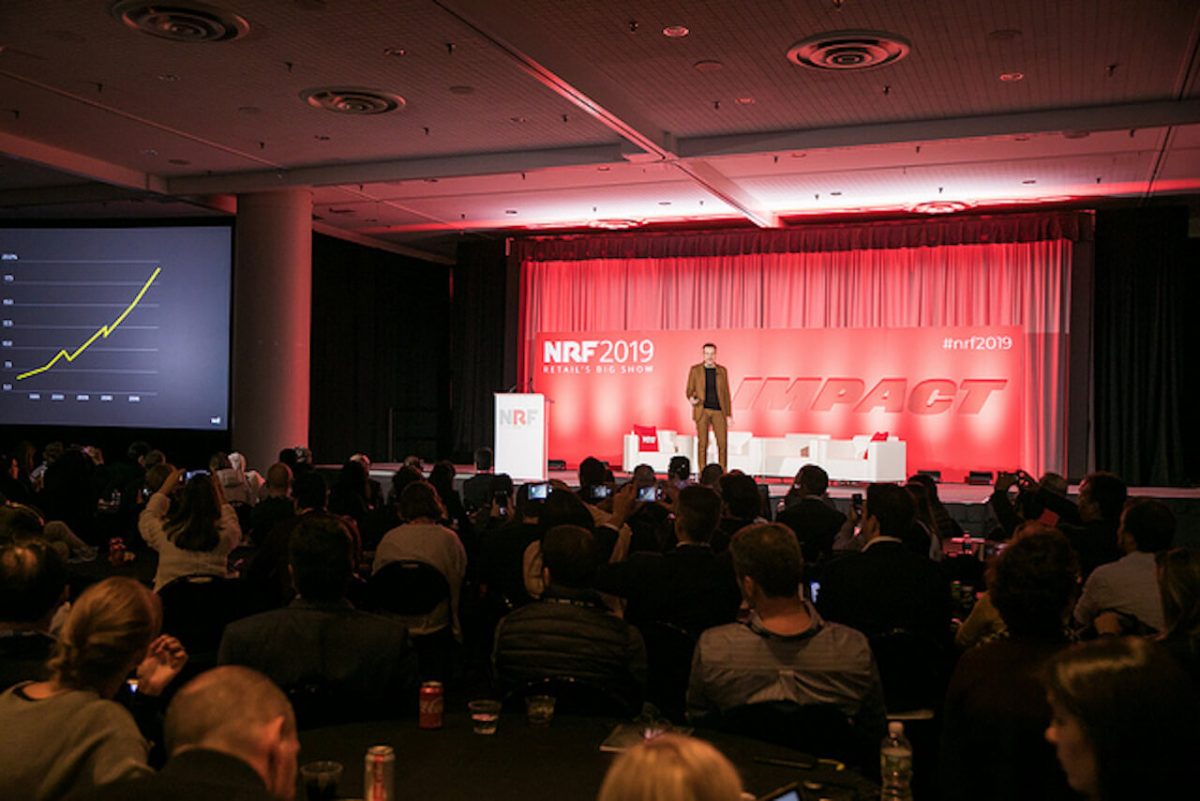
Whilst some technologies showcased represented nothing new – AI, digital mirrors, and augmented reality to name a few – it was interesting to see the evolution of the customer experience and how industry experts predict it will continue to evolve.
One new trend seen at NRF this year was cryptocurrency and how obtainable it will become within the retail environment. Lolli works as a cashback site, giving its customers a return of up to 30% via Bitcoin. It may have only been running for five months, but it already operates with 500 retail agents and has its sights set on expansion within the British and Australian markets.
Bitstop, meanwhile, is a Bitcoin ATM that allows customers to convert cash to Bitcoin. Allowing users to view exchange rates before transactions, a user simply takes cash deposits and concerts these to Bitcoin shares.
The aim behind Bitstop was to make cryptocurrency easily available no matter what your technological know-how and its units are already based in airports, retail spaces, supermarkets and petrol stations – simply, wherever is convenient for the consumer.
Walmart
Walmart invested over $11 billion in technology last year, the retailer revealed at NRF 2019. That makes it the third biggest spender in the world after Amazon and Alphabet.
It is also looking to hire 2,000 technology experts this year to support its omnichannel efforts. The world’s biggest retailer is looking for the likes of data scientists, software engineers and designers to work in nine offices from Silicon Valley to Bangalore, Walmart Chief Technology Officer Jeremy King says. The group that King leads currently has about 7,500 employees after hiring 1,700 last year.
King is, somewhat unsurprisingly, inundated with ideas from others. He gets a pitch every day about blockchain. But any initiative, he insists, has to include a conversation about scale. Most don’t build solutions for a Fortune 1 company.
“I’m always talking to people about, ‘That’s a great idea,’” he comments. “‘Now, how do you scale it to 5,000 stores?’”

